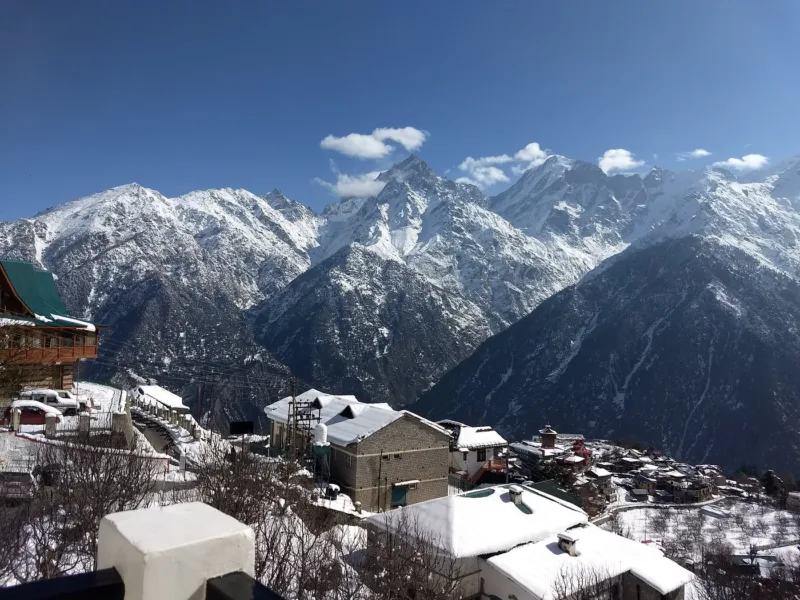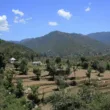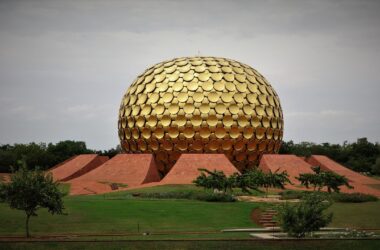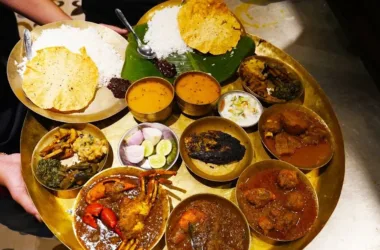India, with its vast and diverse landscape, experiences a wide range of climatic conditions. From the freezing temperatures in the Himalayas to the scorching heat of the Thar Desert, the weather in India is as varied as its culture.
Geographic and Climatic Diversity
India is a country of contrasts, and this is evident in its climate as well.

Northern India
Northern India, including the states of Jammu and Kashmir, Himachal Pradesh, and Uttarakhand, experiences cold winters and hot summers. The region is also affected by the monsoon season, which brings heavy rainfall.
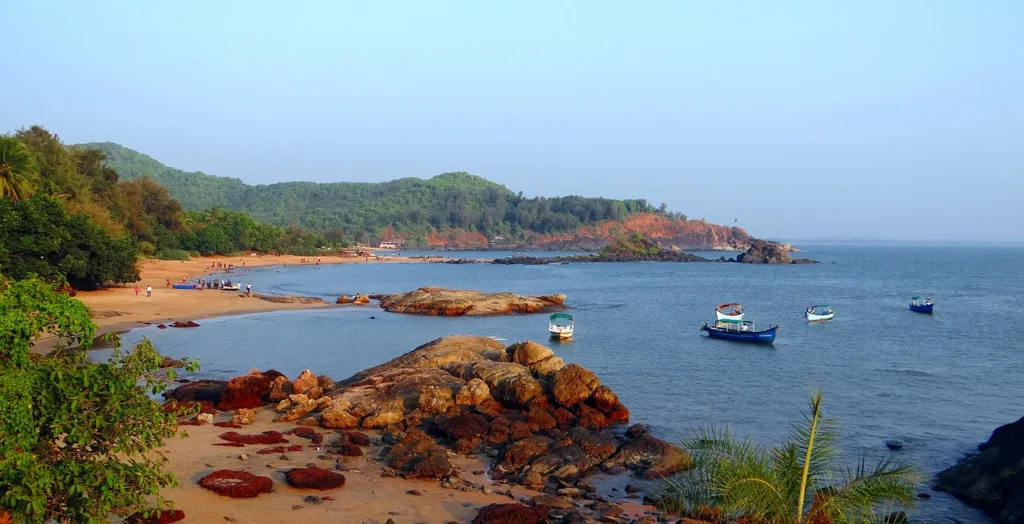
Southern India
Southern India, which includes states like Tamil Nadu, Kerala, and Karnataka, experiences a tropical climate. The weather is hot and humid for most of the year, with a short, mild winter.
Eastern India
Eastern India, including West Bengal, Odisha, and Bihar, experiences hot and humid summers, with heavy rainfall during the monsoon season.
Western India
Western India, including Rajasthan, Gujarat, and Maharashtra, experiences hot and dry conditions, with occasional bouts of heavy rainfall during the monsoon season.

Central India
Central India, including Madhya Pradesh and Chhattisgarh, experiences hot summers and moderate rainfall during the monsoon season.
Seasonal Variations
India experiences four main seasons: winter, summer, monsoon, and post-monsoon.
Winter Season
The winter season, which lasts from December to February, is characterized by cool and dry weather. This is the best time to visit India for most tourists.
Summer Season
The summer season, which lasts from March to May, is characterized by high temperatures and dry weather. This is the season when most of the country experiences heatwaves.
Monsoon Season
The monsoon season, which lasts from June to September, is characterized by heavy rainfall. This season is crucial for agriculture, as it provides the water needed for crops.
Post-Monsoon Season
The post-monsoon season, which lasts from October to November, is characterized by mild weather and occasional rainfall.

Temperature Extremes
India experiences both temperature extremes, with record highs and lows being recorded in different parts of the country.
Record Highs
The highest temperature ever recorded in India was 51.0°C (123.8°F) in Phalodi, Rajasthan, in 2016.
Record Lows
The lowest temperature ever recorded in India was -45.0°C (-49.0°F) in Dras, Jammu and Kashmir, in 1995.
Impact on Agriculture
The weather in India plays a crucial role in agriculture. The monsoon season is particularly important, as it provides the water needed for crops. However, irregularities in the monsoon season can lead to droughts or floods, affecting crop yields.
Challenges and Adaptations
India faces several challenges due to its diverse weather patterns. Heatwaves, floods, and cyclones are becoming more common, and the country is adapting by improving its weather forecasting and early warning systems.
Conclusion
In conclusion, the weather in India is as diverse as its culture. From the freezing temperatures in the Himalayas to the scorching heat of the Thar Desert, the country experiences a wide range of climatic conditions. Understanding the weather patterns and their impact on agriculture and society is crucial for adapting to the challenges posed by climate change.
FAQs
What is the best time to visit India?
The best time to visit India is during the winter season, from December to February, when the weather is cool and dry.
How does the monsoon season affect agriculture in India?
The monsoon season is crucial for agriculture, as it provides the water needed for crops. However, irregularities in the monsoon season can lead to droughts or floods, affecting crop yields.
What are the temperature extremes recorded in India?
The highest temperature ever recorded in India was 51.0°C (123.8°F) in Phalodi, Rajasthan, in 2016. The lowest temperature ever recorded in India was -45.0°C (-49.0°F) in Dras, Jammu and Kashmir, in 1995.
What challenges does India face due to its diverse weather patterns?
India faces several challenges due to its diverse weather patterns, including heatwaves, floods, and cyclones. The country is adapting by improving its weather forecasting and early warning systems.
How does the weather vary in different regions of India?
The weather in India varies greatly depending on the region. Northern India experiences cold winters and hot summers, Southern India experiences a tropical climate, Eastern India experiences hot and humid summers with heavy rainfall during the monsoon season, Western India experiences hot and dry conditions, and Central India experiences hot summers and moderate rainfall during the monsoon season.




